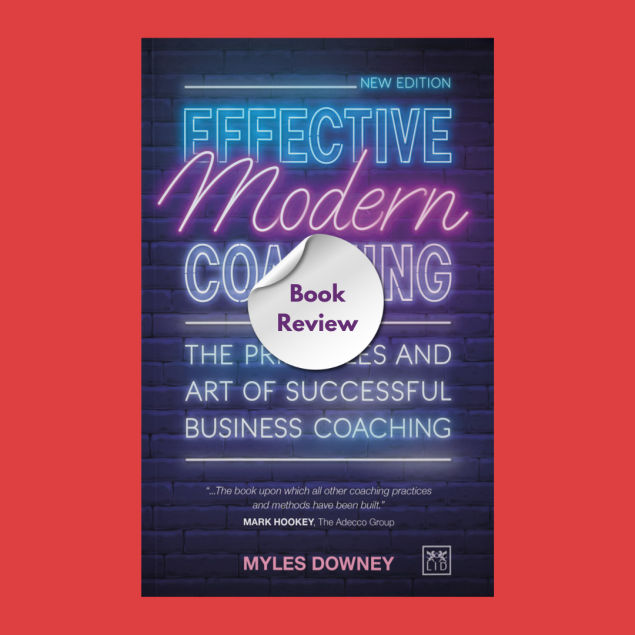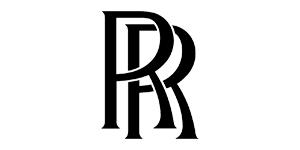BOOK REVIEW: Effective Modern Coaching

Effective Modern Coaching, The principles and Art of Successful Business Coaching
Myles Downey
4th Edition, 25 April 2024, LID Publisher
A blog post by Virginia Raymond
This book builds on a variety of different concepts that Downey has explored previously, with some additional insights which feel appropriate for the current climate of coaching. He uses a variety of scenarios to illustrate theories which are effective in transforming “drier” elements into “real life” experiences. The book is divided into 4 parts
1) The Effective Coaching Approach,
2) The Effective Coaching Models and Skills,
3) Applying the Skills and
4) Excellence in Coaching.
A champion and advocate of what he describes as the “non directive” approach to coaching, Myles Downey uses the example of a child learning to walk – through direct experience, trial and error, processing information gained from the experience and making the appropriate corrections. As parents we did not stand there and “instruct” our children in the mechanics of taking steps. Downey links this to his assertion that “a coach who is dependent on their own knowledge, experience or problem solving abilities will never help another to explore their potential or experience their own authority.”
In his presentation of the spectrum of coaching skills which, in the past, seemed to suggest that as coaches we were duty bound to remain entirely toward the non directive end of the spectrum, he makes the observation that the full spectrum is “available” to you as a coach and that there will be times when you DO know the answer and the “player” is stuck so to withhold an answer in this situation is not helpful.
He makes an interesting distinction between learning and development, signposting that both are required in the context of coaching, Downey maintains that while you “have to learn in order to develop,” learning refers to a broader and more practical context, including the best way to approach a task or getting to understand and interact effectively with technology. Development is more about personal growth and self awareness – the two would be appear to be co-dependent.
Ultimately, Downey asserts that performance coaching must be about business results and while following the interest of the player is part of the process, the coach must be driven by the intention to improve performance, acknowledging that the player does not exist as “entirely of themselves” they will be part of, and have responsibility to and for a wider organisational context. This seems to be a key point when considering the role of accountability (“pinning our colours to the mast”) and being able to evaluate coaching as an intervention.
One of the key coaching skills he identifies is that of what he calls “proposing” – his definition includes observations made by the coach as well as intuition, insight and wisdom – these elements can be used to stretch and challenge a player while those of knowledge and experience might be used to help “unblock” stuckness.
Downey shares insights around what he calls the “Communication Cycle” which involves three stages, Initiation, Response and Acknowledgement. The coach poses a question or issues an instruction to the player (Initiation), the Response from the player must be congruent with the initiation – the process is only complete when the player knows that they have been understood, Acknowledgement. Downey places great store on summarising or paraphrasing as a way to demonstrate listening, to check in on understanding and to provide energy and forward momentum.
Of particular interest is the chapter on “Understanding Organisational Context” with a presentation of the structure of “The Four Quadrants” (originated by Ken Wilber in his book “A Brief History of Everything” and adapted by Downey for a coaching context) and its potential as a tool for coaching, particularly at an executive or senior level where understanding sphere of influence and systems thinking is key to an effective intervention. This includes generating and testing hypotheses through stages of “noticing,” “formulating”, and “testing” which are explained in detail.
The concluding chapters focus on what Downey describes as the “Flow State” where coach and player are completely “at one with the music” leveraging Timothy Gallwey’s (author of “The Inner Game of Tennis) formula of “Performance = Potential – Interference” to achieve Flow. He quotes the work of Mihaly Csikszentmihalyi who has provided a list of conditions required for Flow. These appear to present a very useful framework for reflective practice for a coach.
A Blog post by Virginia Raymond for BSC






